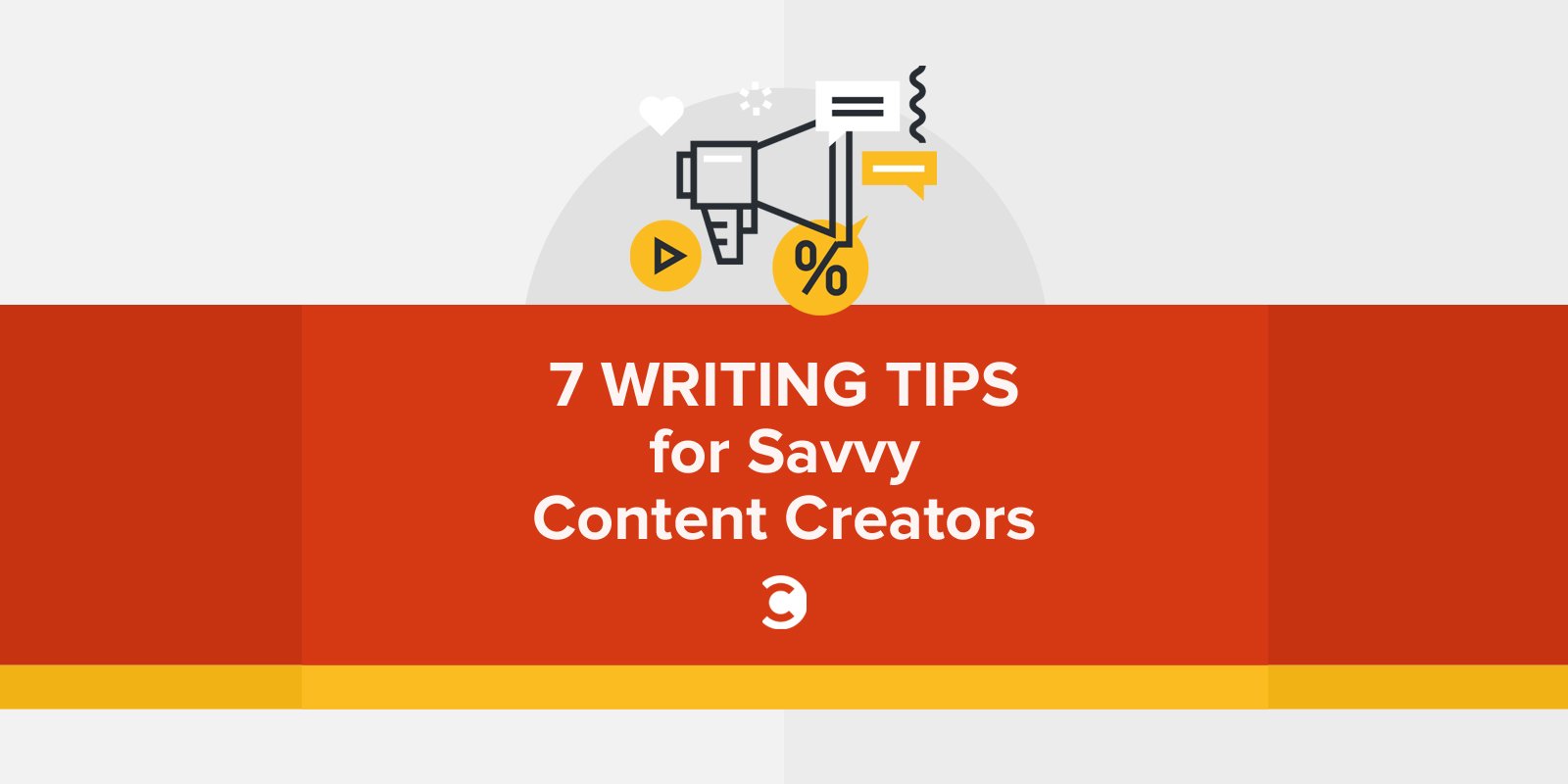They say that readers online have the attention span of a goldfish. So if you expect your audience to be hooked to your article, you need to provide content that is engaging enough to keep them on the page. While we all struggle to produce readable content without compromising on the quality, there are actually a few simple tricks that can make the job easy.
-
Customize:
Your blog or article should be drafted keeping in mind the range of your audience. Be sure to do a bit of research on the demography you are writing for and frame your post accordingly. For instance, if you are writing an academic piece, you can expect your readers to be attentive. A bit of difficult or descriptive writing would not do any harm here. However, if you are writing a lifestyle blog on kitchen cleaning techniques, your readers will not move beyond the first paragraph unless you keep the article simple.
-
Make use of Paragraphs:
 Divide your content into short and clear paragraphs. The human brain responds negatively to longer pieces of writing, whereas, if the same content is fragmented, then the brain finds it easier to follow. It is wiser to begin the paragraph with the most important sentence. Once the reader knows what he is in for, he will continue to read on without having to scan the entire paragraph for the key content. Use bullets when possible.
Divide your content into short and clear paragraphs. The human brain responds negatively to longer pieces of writing, whereas, if the same content is fragmented, then the brain finds it easier to follow. It is wiser to begin the paragraph with the most important sentence. Once the reader knows what he is in for, he will continue to read on without having to scan the entire paragraph for the key content. Use bullets when possible.

-
Be short and precise:
The human brain again finds it easier to process shorter sentences on screen as compared to off-screen. Keeping the sentences short will make it easier for the reader to understand your content. Also, there will be fewer chances of you making a grammatical or syntactical error. Ideally, there should not be more than one long sentence in each paragraph.
-
Cut out the use of difficult words:
You cannot expect your audience to consult the Thesaurus while they are reading your blog. Hence, depending on the audience you are writing for deciding on the difficulty parameter of your language. Of course, there will be pieces of content that call for technical terms or jargon which you cannot escape. In such articles, try to stick to one difficult word per paragraph. It would be a good idea to explain jargon when possible. It is a good idea to do some keyword research for finding easier alternatives for difficult keywords.
-
Use Transition words:
When you are using longer sentences, make use of transition words that break the sentences into parts or allow the reader to process each part logically. The words like ‘hence’, ‘because’, ‘therefore’, work as guides to help readers process a sentence in a logical sequence. Words like ‘firstly’, ‘lastly’, etc help the readers summarize the content better.
-
Don’t be repetitive:
When your key intent is to make your content engaging, you need variation in your text. Make use of synonyms in your writing to cut down the monotony. This applies more to the regular readers of your blog. They would appreciate some changes in the style of writing.
